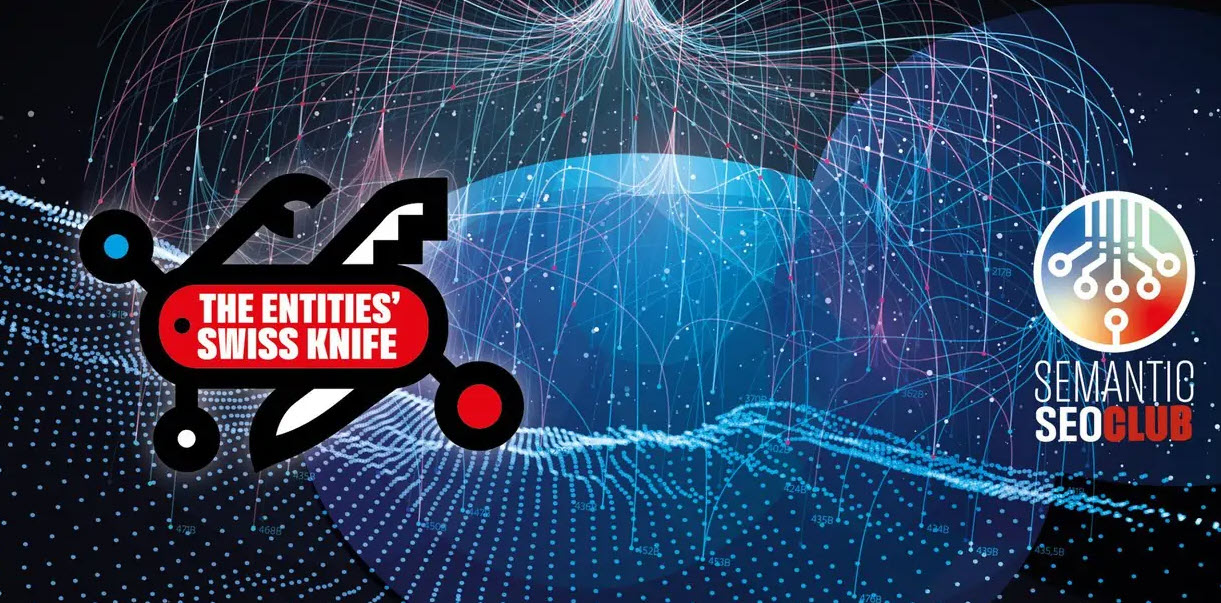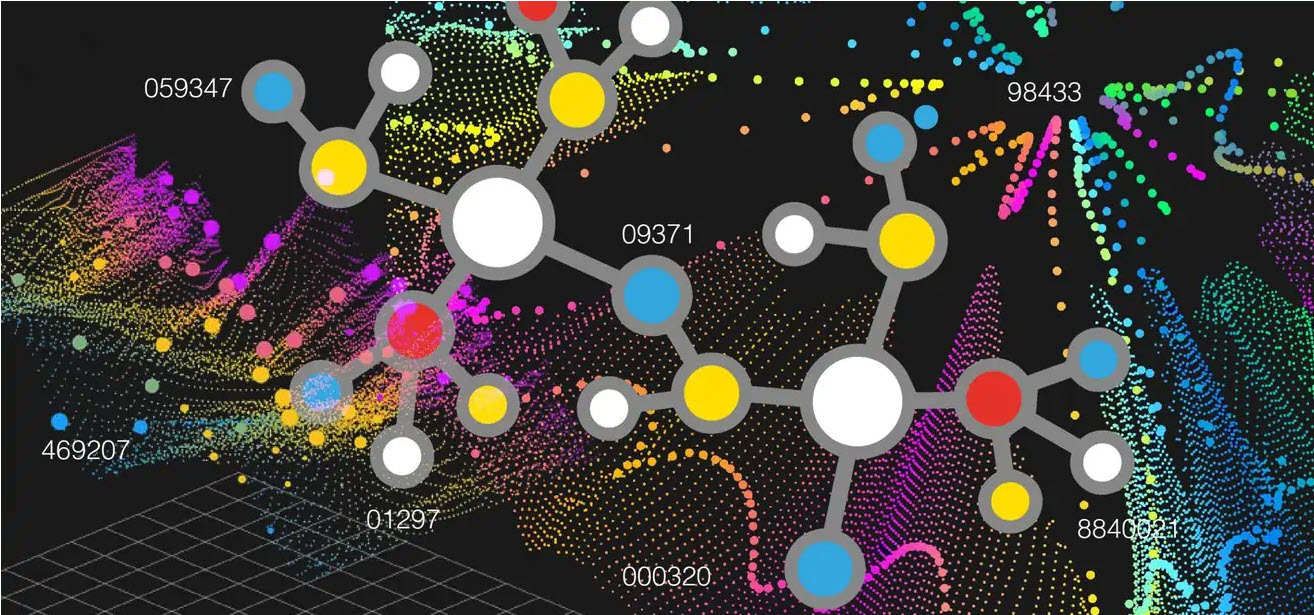
Structured Data
Differences in between a Lexical Search Engine and a Semantic Search Engine.
While a traditional lexical internet search engine is about based upon matching key phrases, i.e., simple text strings, a Semantic Search Engine can "recognize"-- or a minimum of try to-- the significance of words, their semantic correlation, the context in which they are put within a question or a document, therefore accomplishing an extra exact understanding of the individual's search intent in order to generate even more relevant outcomes.
A Semantic Search Engine owes these capacities to NLU formulas, Natural Language Understanding, along with the visibility of structured data.
Topic Modeling and also Content Modeling.
The mapping of the distinct devices of material (Content Modeling) to which I referred can be usefully performed in the design phase and can be related to the map of subjects dealt with or dealt with (Topic Modeling) and to the structured information that shares both.
It is an interesting practice (let me understand on Twitter or LinkedIn if you would certainly like me to write about it or make an impromptu video) that allows you to develop a site and also create its web content for an extensive therapy of a topic to get topical authority.
Topical Authority can be called "depth of competence" as viewed by online search engine. In the eyes of Search Engines, you can end up being a reliable source of info concerning that network of (Semantic) entities that specify the topic by constantly creating initial high-quality, comprehensive web content that covers your wide subject.
Entity linking/ Wikification.
Entity Linking is the process of recognizing entities in a message paper and also associating these entities to their special identifiers in a Knowledge Base.
When the entities in the text are mapped to the entities in the Wikimedia Foundation sources, Wikipedia as well as Wikidata, wikification happens.


